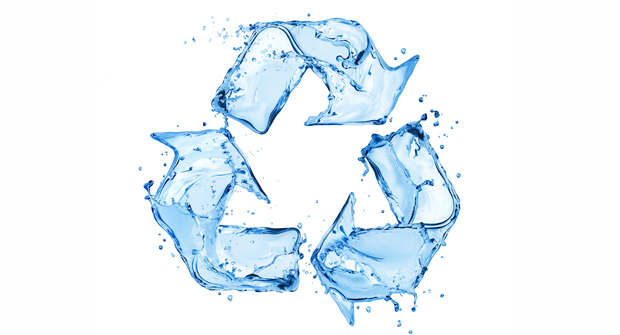As water conservation and sustainability practices take hold in response to growing environmental concerns, property owners and landscape maintenance contractors are leading a significant shift in irrigation and landscape practices.
Traditionally, commercial landscapes have relied on clean, potable water for irrigation, which was both practical and abundant given the lower urban populations and sufficient annual rainfall. However, due to heightened sustainability expectations, strict water-use restrictions and rising water costs, many retail water providers and their customers are turning to effluent or recycled water as an alternative source.
While this is a commendable step toward reducing potable water consumption and can help alleviate potable water demand, the transition to using effluent water comes with its own challenges, expectations and costs that all parties must understand before these conversions.
Effluent education
What is effluent water? Effluent water is wastewater that has been treated and purified to a level that makes it safe for specific uses such as landscape irrigation, toilet flushing, dust control and concrete mixing. This water contains higher levels of salts, minerals and other trace elements that are not found in potable water.
One of the first and most critical steps in transitioning to recycled water is selecting the appropriate irrigation materials, either at design or to be installed during the conversion. This includes ensuring that proper filtration will be implemented based on the expected size and volume of incoming total dissolved solids (TDS), as well as understanding the actual chemical composition of the water to be delivered, including chlorine, calcium and sodium.
When designing a new system, irrigation designers must opt for materials like PVC, which is more resistant to chemical wear or HDPE, which is more durable and resistant to the corrosive effects of recycled water. Stainless steel and certain grades of flexible hose may also be more suitable, though it’s important to ensure that the selected materials can handle the mineral load without corroding or degrading over time.
Furthermore, sprinkler heads and emitters must be chosen carefully. Those designed for recycled water tend to have more robust components that can better withstand the abrasive effects of high-mineral water. Most major manufacturers have already identified the need for higher-grade materials that can withstand recycled water and have responded with easily identifiable purple color designations.
Keeping it clean
Another consideration is the increased maintenance costs due to the buildup of minerals, particularly salts, in the irrigation lines, emitters and sprinkler heads, which can shorten material life expectancies. Over time, these minerals can clog or corrode the system, impairing the uniformity and efficiency of water delivery. To prevent this, maintenance contractors must regularly flush the system and keep the water moving to remove mineral buildup and reduce the possibility of algae growth. Furthermore, the impact of effluent on various system components can lead to more frequent replacements of parts.
The impact of effluent irrigation on soil and plant health is one of the most critical considerations for commercial landscapes. Over time, the salts and minerals in recycled water can accumulate in the soil, leading to poor soil health and increased fertilization needs. This is especially detrimental in areas where a lack of adequate rainfall prevents these soils and other contaminants from properly leaching beyond the landscape’s root systems.
Transitioning from potable water to effluent for irrigation purposes in commercial landscapes is a necessary response to the increasing demand for water conservation. It requires careful planning and diligent maintenance. Property owners and contractors must adapt to new material needs, develop new maintenance routines and closely monitor the health of plants and soil to ensure a thriving landscape.


